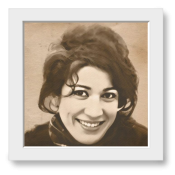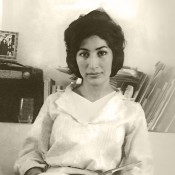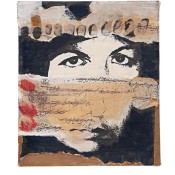Title
Auhtor
Furūgh Farrukhzād
In mid-1977, as unrest in Iran was percolating that would lead to the Iranian Revolution…
Iranian Armenian Poetry: Sonia Balassanian Crossing Borders of Consciousness
“Border art deals with shifting identities, border crossings, and hybridism,” —Gloria Anzaldúa1Gloria Anzaldúa, “Border Arte:…






![Claudia Yaghoobi Photo 2 [CY]](https://poets.iranicaonline.org/wp-content/uploads/2022/11/Claudia-Yaghoobi-Photo-2-CY-150x150.jpg)